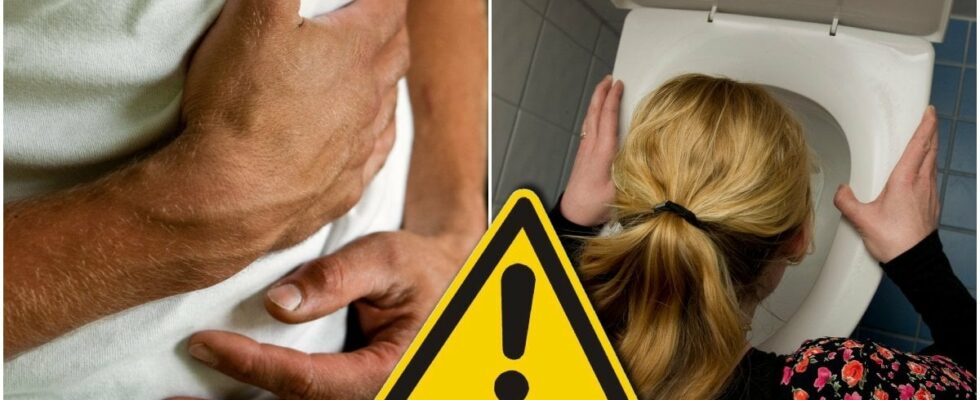During the colder months of the year, the risk of being infected by both viruses and bacteria increases when colds and winter sickness tend to rule.
The fact is, though, that’s not the only thing you can run into. You can also contract salmonella, a bacterial disease that causes disease symptoms such as diarrhoea, cramps, fever and vomiting, states the Swedish Food Agency.
The main source of the spread of infection is through food and since this summer the cases have increased significantly in Sweden.
DON’T MISS: Do you eat your cucumber like this? Then it could be a death trap
FHM: Salmonella is increasing in Sweden
But the risk of getting sick is not only linked to which season it is. It is quite possible to fall ill during all months of the year.
The newspaper Aftonbladet reports that since the beginning of 2024 there have been more cases of illness where salmonella has been identified. And since July, the Public Health Agency has seen an increase in the number of sick people.
And although it is unclear exactly how many people have been infected by the bacteria, they have succeeded in identifying a total of six different varieties of salmonella. And you think you know the origin.
READ MORE: Do you store your melon like this? Then it could be a death trap
Salmonella is a bacterium that causes disease in both humans and animals.
Two common types, according to the Swedish Food Agency, are Salmonella Enteritidis and Salmonella Typhimurium. Both diseases can cause stomach upset.
The bacterium can be found in the intestines of humans and animals. Via faeces, it can then spread to other environments, for example soil and pasture, but also water.
Animal foods such as meat and eggs can be contaminated with the bacteria salmonella from animals that have been infected.
In Sweden there are so-called “salmonella guarantees”, which means that there must be a certificate that meat and eggs do not contain the bacteria when they arrive in Sweden from other countries.
Source: The Swedish Food Agency
DON’T MISS: Pensioner? You shall not eat that: “Death”
It must be the source of the spread of infection
There are about 60 confirmed cases of illness that may be linked to a specific type of egg.
– It is very difficult to find salmonella in eggs. This is because the bacteria are not evenly distributed among them, even if the eggs are in the same package, says Rikard Dryseliusinvestigator at the Public Health Agency to The evening paper.
The eggs are believed to originate from Ukraine.
– We suspect several variants of salmonella among eggs mainly imported from Ukraine.
DON’T MISS: Then you can live 120 years or more – the researchers: “Not a dream”
Photo: Johan Nilsson/TTLivsmedelsverket: “You should…”
A large proportion of those who have fallen ill have consumed soft-boiled or raw eggs. It has also been shown that the eggs were used in Béarnaise sauce, Skagen batter and carbonara. So in order to avoid getting infected and falling ill, the authority now urges you not to eat raw eggs from countries other than Sweden, Norway, Denmark and Finland.
On his homepage The Swedish Food Agency also states that it is “very unusual” to find salmonella in Swedish eggs. And those that are imported must have a salmonella guarantee.
“The Swedish control program for salmonella shows that it is very unusual to have salmonella in Swedish meat and Swedish eggs. The same applies to eggs from Norway, Finland and Denmark. In other countries, however, it is more common that, for example, eggs and chicken contain salmonella”.
And regarding the case with the eggs from Ukraine, they have now issued a call to the Swedish people.
Mats Lindblad works as an infection prevention coordinator at the Swedish Food Agency and tells Aftonbladet what you should keep in mind in the future if you buy eggs.
– I don’t think you should be worried, but you should look at the labeling on the packages. You shouldn’t eat raw eggs if they come from non-Nordic countries, says Mats Lindblad, infection control coordinator at the Swedish Food Agency to Aftonbladet.
